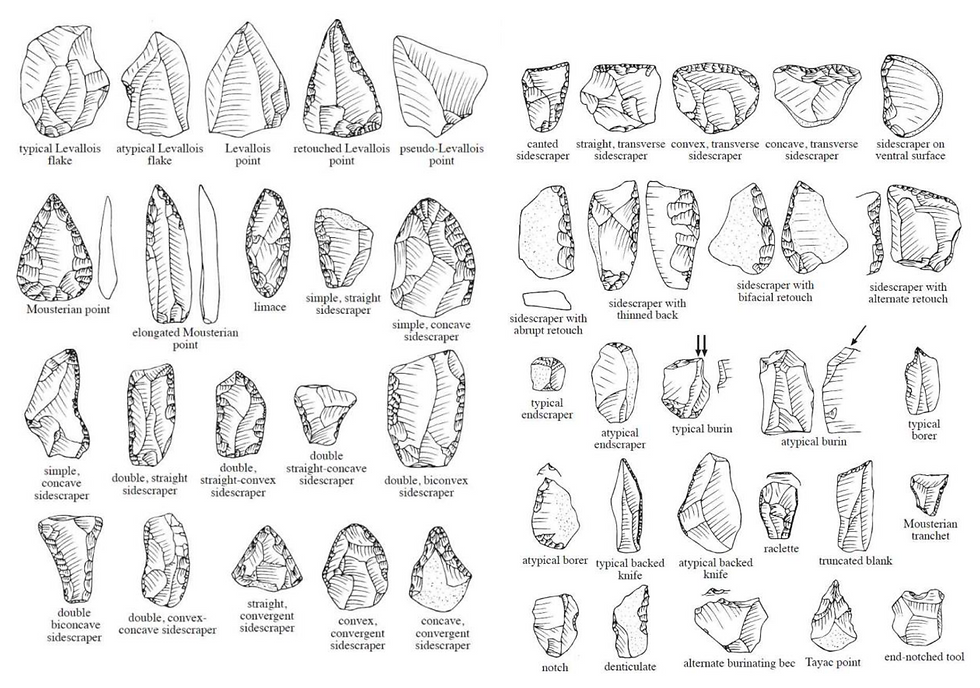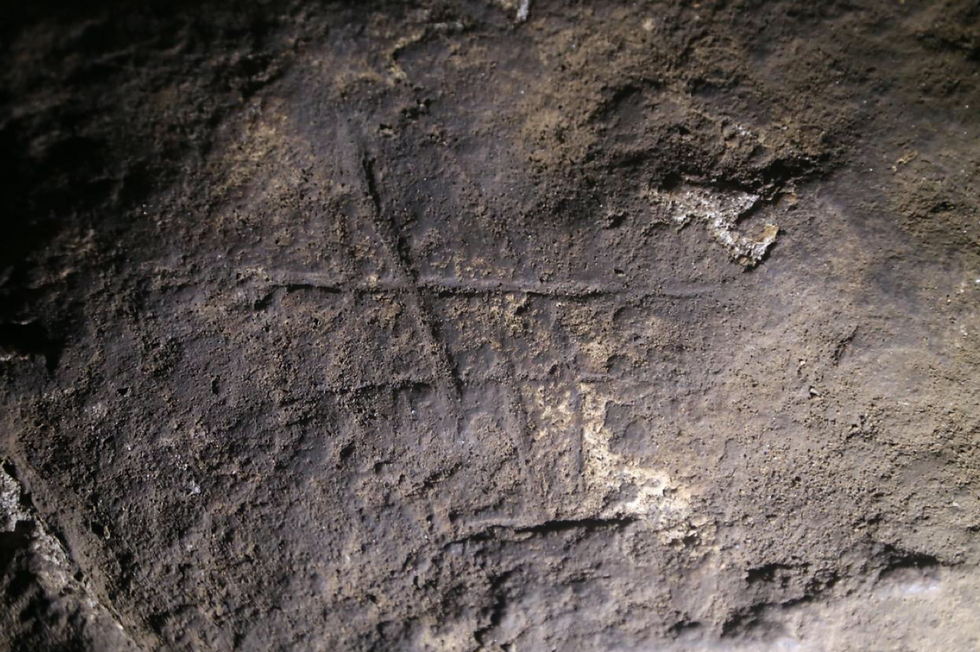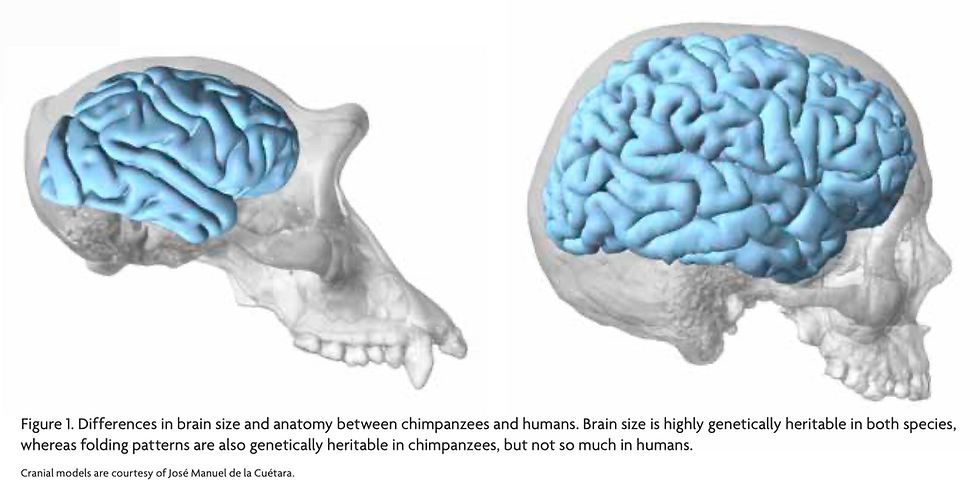Neanderthal Behavior / Intelligence
- Wu, Bozhi

- Mar 19, 2021
- 3 min read

Symbolic behavior is one of the most crucial features that we typically associate with our own species, H. sapiens, only. For understanding symbols, an individual must be able to form internal abstract representations of objects and events in the outside world, and this is probably connected to the capacity for several higher cognitive functions. For example, both the production of language and the creation of art heavily rely on the ability to understand, manipulate, and create symbols. However, we can hardly find any conclusive evidence for the existence of these abilities as they do not often result in material remains. Scientists can sometimes infer these abilities from archaeological evidence for burials, ornaments, etc., but one may also argue that these activities do not necessarily require the involvement of symbolism or other ritual components. Therefore, it remains difficult for us to determine when and how symbolic and other complex behaviors have emerged.
In the past, some have argued that these symbolic behaviors were unique derived characteristics of H. sapiens. Nevertheless, this single-species origin is actually debatable, as there was also evidence of complex symbolic behaviors found to be associated with Eurasian Neanderthal populations.

In a paper written by Langley, Clarkson, and Ulm (2008), they summarized and analyzed some of the previous findings on Neanderthal behaviors and measured the frequency of activities such as burials, body ornaments, and use of pigments. Their conclusion was that the archaeological record of the use of pigment and composite technology among Neanderthals first appeared at around 60,000-55,000 BP. If we take all occurrence of burials, modified raw materials, composite technology, pigments, and body modification into account, we can observe an exponentially increasing trend since approximately 160,000 BP, with a particularly sharp and rapid increase in symbolic and complex behavioral artifacts between 60,000 and 40,000 BP, eventually leading up to the Châtelperronian.

If we take a closer look, we can see that the use of color and pigments was quite common among Neanderthals. Some of the abrasion facets of the pigments further suggest they were used in a crayon-like fashion (D’Errico 2003). There was also a cross-hatching engraving discovered in a Gibraltar cave that was probably created by Neanderthals (Rodríguez-Vidal et al. 2014). This was particularly interesting as it was probably the most direct evidence for Neanderthals’ capacity to intentionally create abstract symbols or even convey meaning or record using these symbols. I personally consider these to be relatively more reliable evidence for the existence of symbolism, as pigments do not serve much other functionality and the carving seemed to be intentional.

But regarding the ultimate origin of symbolic thinking, I consider it to be erroneous to assume a sudden emergence in one particular Homo species. Instead, I think it is better for us to deem it to be a continuum, which probably began even before the emergence of the genus Homo. But at the same time, the levels of symbolic manipulation required for building associations between representations of objects and creating abstract language systems are certainly different. It is crucial for us to ponder what does symbolic thinking or behavior exactly means when we are analyzing these discoveries.
References
D’Errico, Francesco. 2003. “The Invisible Frontier. A Multiple Species Model for the Origin of Behavioral Modernity.” Evolutionary Anthropology: Issues, News, and Reviews 12 (4): 188–202. https://doi.org/10.1002/evan.10113.
Langley, Michelle C., Christopher Clarkson, and Sean Ulm. 2008. “Behavioural Complexity in Eurasian Neanderthal Populations: A Chronological Examination of the Archaeological Evidence.” Cambridge Archaeological Journal 18 (3): 289–307. https://doi.org/10.1017/S0959774308000371.
Rodríguez-Vidal, Joaquín, Francesco d’Errico, Francisco Giles Pacheco, Ruth Blasco, Jordi Rosell, Richard P. Jennings, Alain Queffelec, et al. 2014. “A Rock Engraving Made by Neanderthals in Gibraltar.” Proceedings of the National Academy of Sciences 111 (37): 13301–6. https://doi.org/10.1073/pnas.1411529111.







Comments